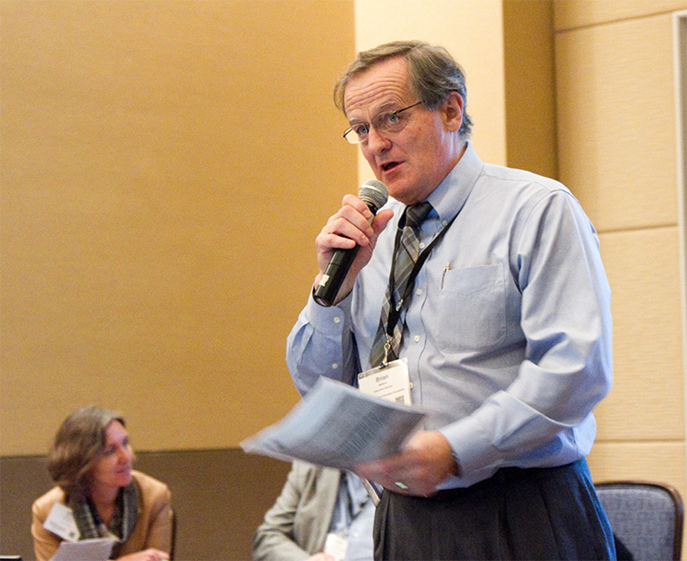Most industries face issues with breaking down silos and promoting cross-functional collaboration. For the next class of leaders to be well equipped to promote and practice a strong food safety culture, more work needs to be done on alignment within organizations and across industry. In part II of Food Safety Tech’s series on food safety culture, Brian Bedard, executive director of the GMA Science and Education Foundation and Lone Jespersen weigh in on leadership.
Food Safety Tech: Food Safety Culture requires strong professional leaders. How can industry work together to develop the leadership that is needed?
The GMA Science Forum takes place April 18–21, 2016 in Washington, DC | LEARN MORELone Jespersen: We start by acknowledging that we have an abundance of strong leaders in the food industry. We don’t need to build from the ground up or something new. We need to look at what makes [these leaders] strong. Why are some leaders more successful than others? Identify the companies that have strong food safety leaders that are not within food safety—those that come from finance, HR, procurement, and the CEO—and formally acknowledge their technical and leadership competencies.
I’m aware of three organizations that are actively looking at what constitutes a food safety professional and its competencies—IFPTI (International Food Protection Training Institute) in the United States, Safe Food Canada, and the International Union of Food Science and Technology. Alignment between the work conducted by each of these organizations is important to shorten the time between development and business impact. It’s really important to get this alignment. The more we keep working in small subgroups while not comparing notes and agreeing on those competencies, the more we’re going to see the cost of developing leaders going up. And we’ll have fewer strong leaders, because it will be hard for individuals to move on in their career if it is not clear what it means to be a competent, strong food safety leader.
There’s a very large group of food safety leaders, the ‘Malcolms-in-the-Middle’ who are excellent leaders and are one or two steps down from the head of food safety in an organization. Sometimes we forget that we have strong leaders at this level, and they have a much stronger handle on food safety culture because they’re the ones who have to make sure programs work for frontline associates, supervisors, and managers. Letting that level become more visible to what their competencies are or should be and making sure that they contribute and are heard in the conversations [is important].
Brian Bedard: We need to collaborate and get some alignment around what we think leaders need. Unfortunately, this is creating a competitive space among service providers and training entities that can work with leaders.
There are a couple of fundamental principles that need to be addressed:
- The leaders at the top need to recognize and drive it down through their entire system so that everyone is responsible in terms of their annual work and development plans, including metrics and the deliverables in their annual evaluations
- The ‘Malcolms-in-the-Middle’ who, in most cases, manage the budget. It’s critical to get them on board to ensure that, when making investments, they’re spending money on driving food safety culture throughout an organization
- Several specific opportunities now exist to promote food safety culture leadership, including the Food Safety Leadership Workshop being offered by the GMA Science and Education Foundation at the upcoming GMA Science Forum (April 18, Washington, DC).



